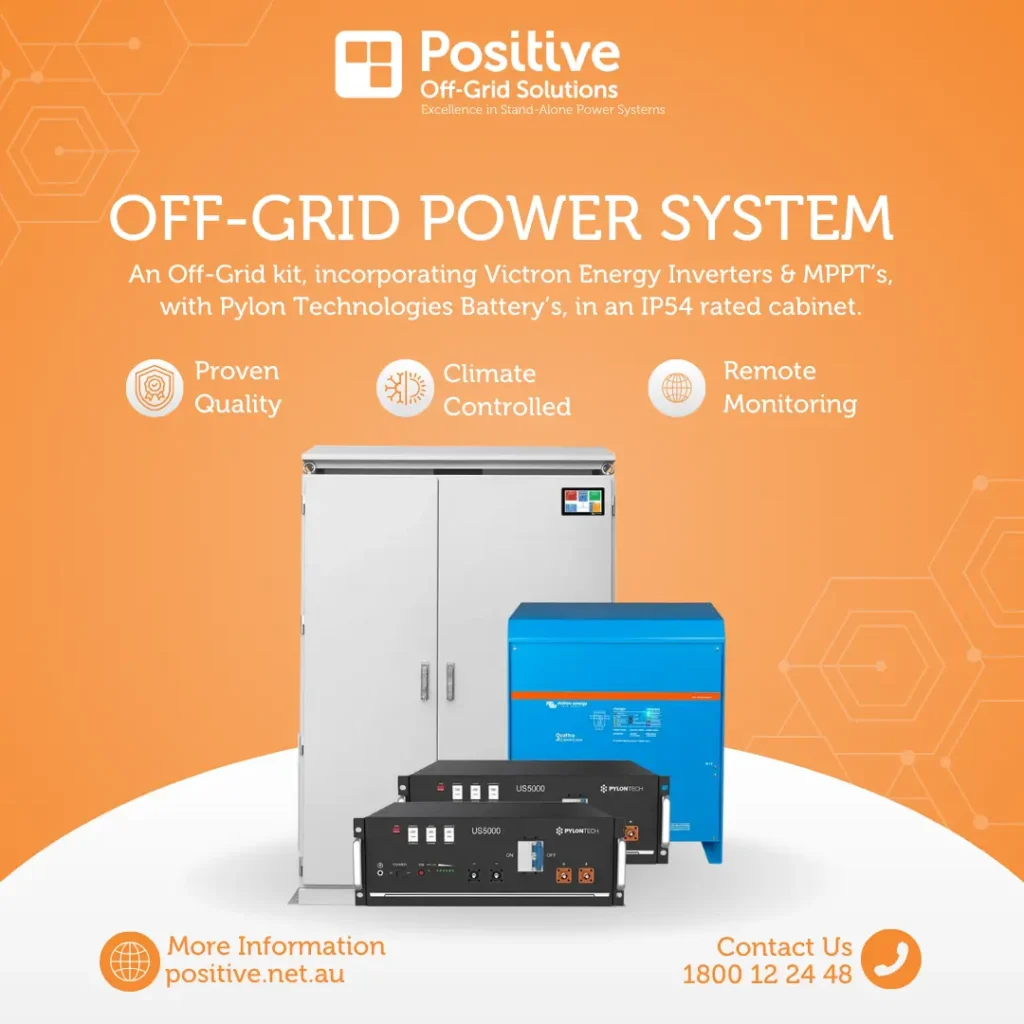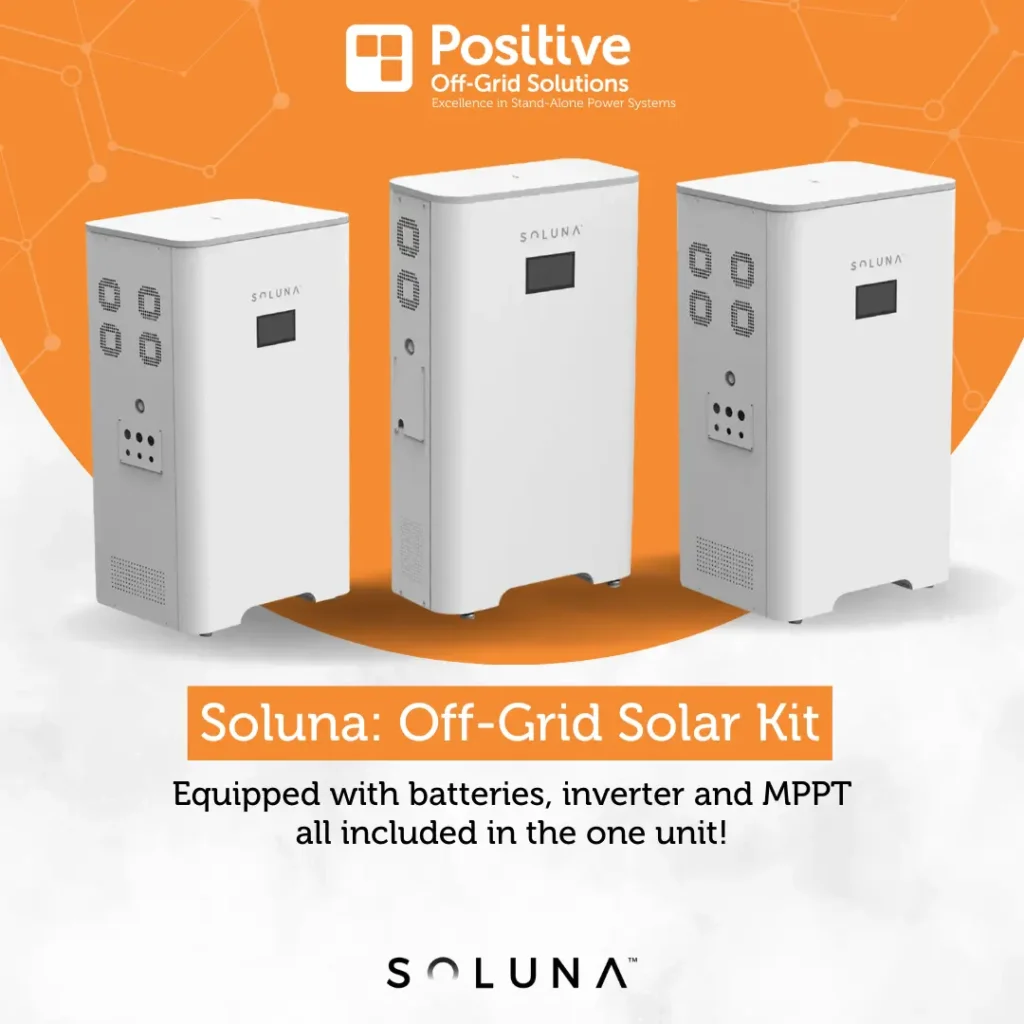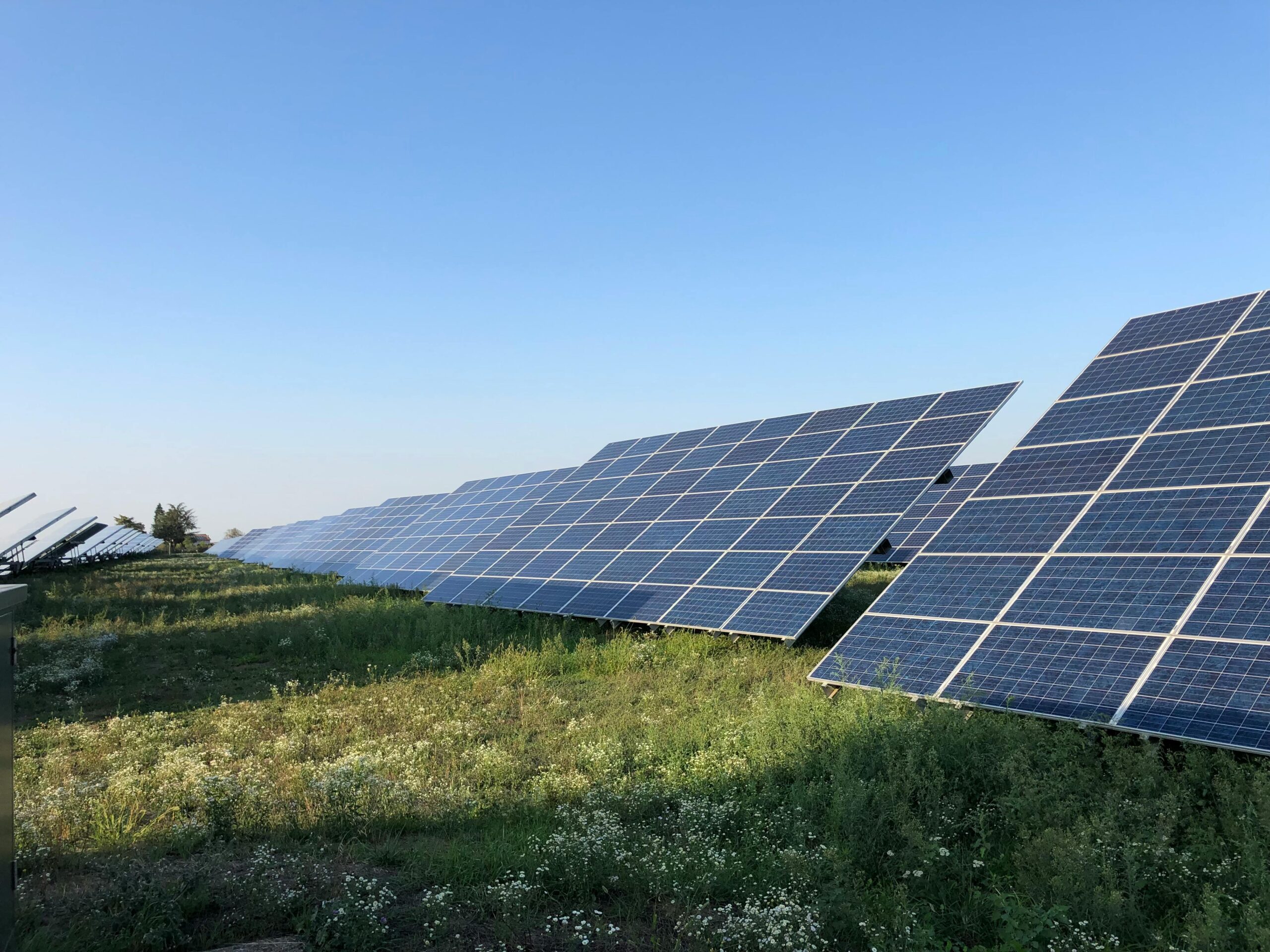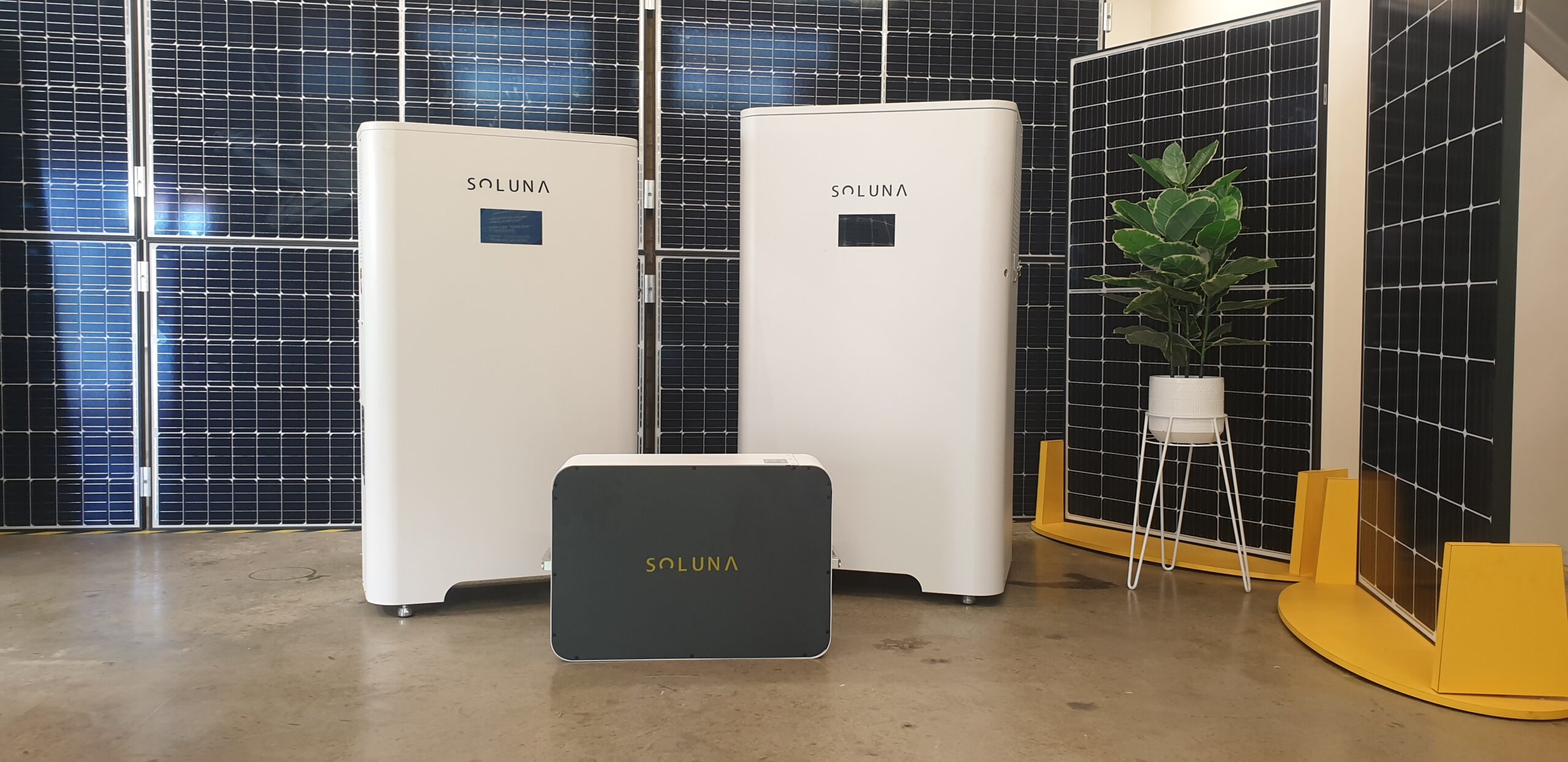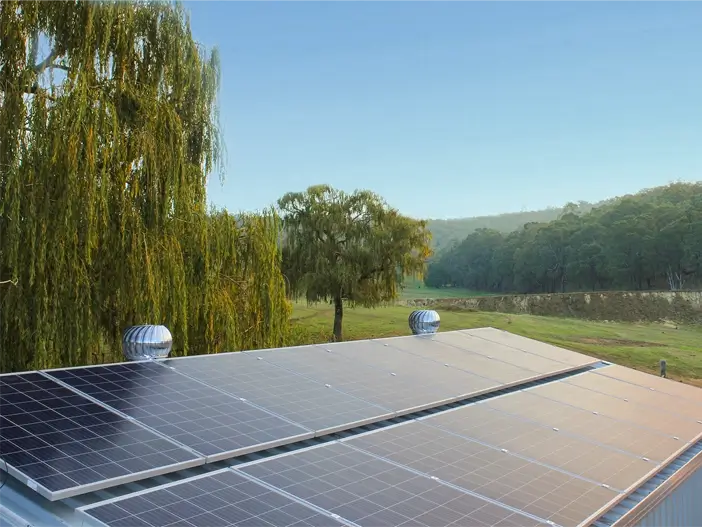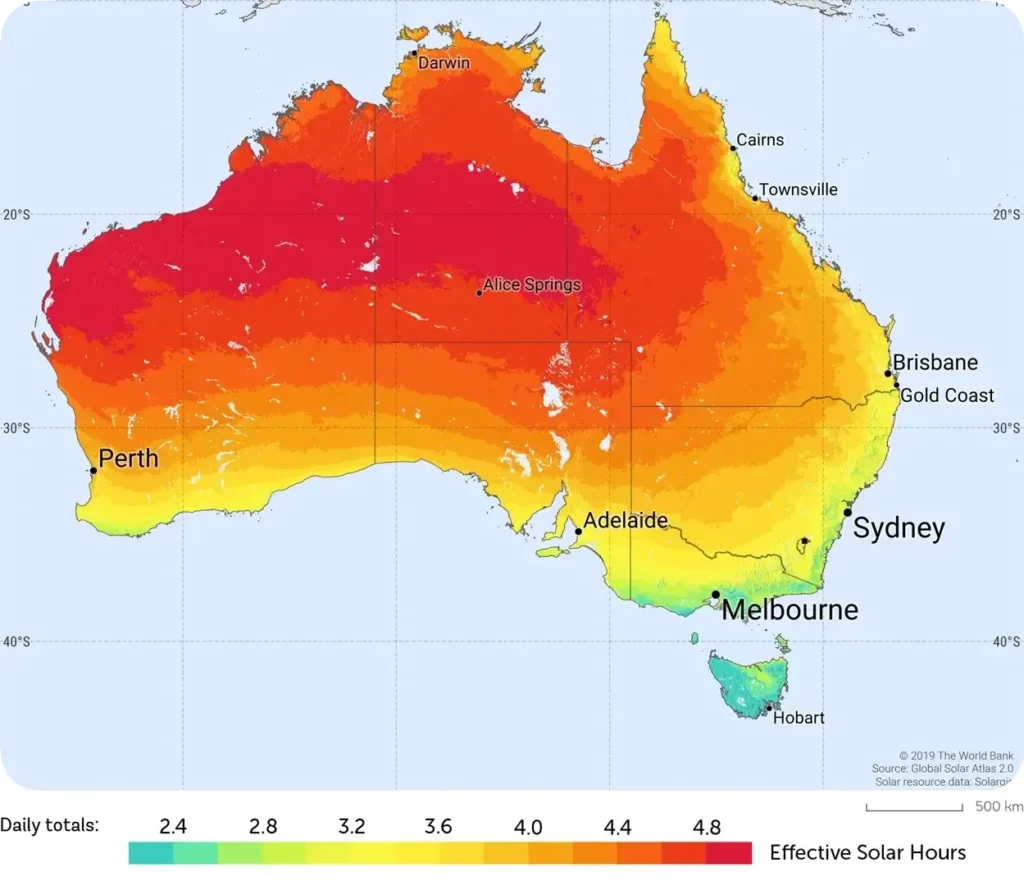In the realm of sustainable energy solutions, off-grid solar systems stand out as beacons of independence, offering reliable power generation even in the most remote locations.
Understanding the key components that make up these systems is essential for anyone considering embracing the sun’s energy.
Let’s delve into the intricate components that come together to form these off-grid marvels.
#OffGridSolar #Resilience #EnergyIndependence #SustainableLiving
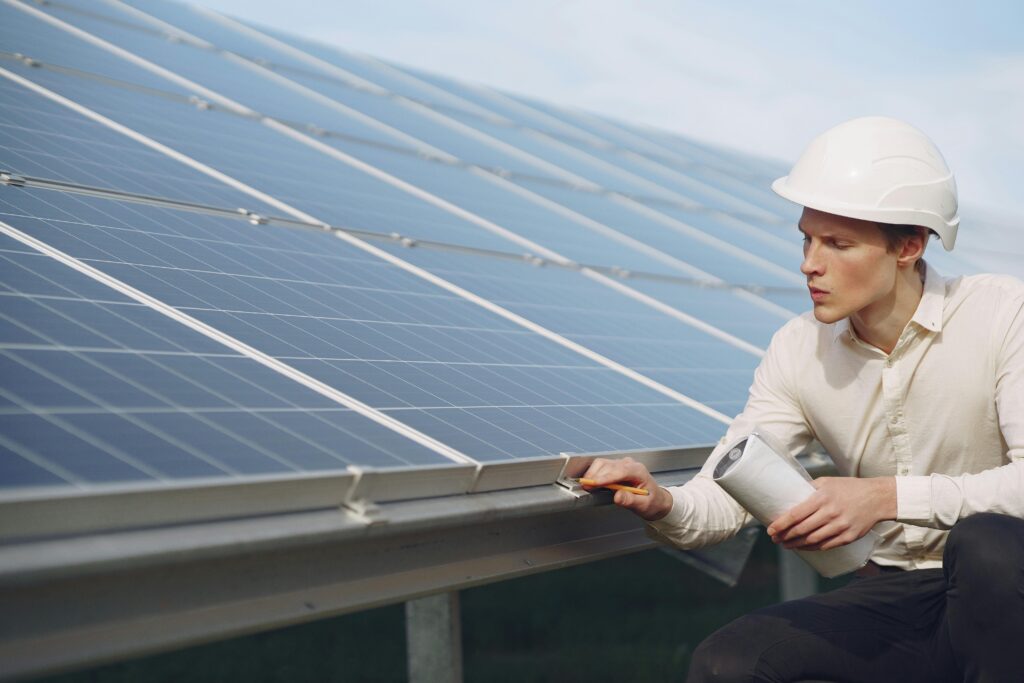
Solar Panels: Capturing the Sun’s Rays
At the heart of every off-grid solar system are the solar panels. These sleek, photovoltaic marvels harness the sun’s energy and convert it into electricity through the magic of photovoltaic cells.
Positioned strategically to soak up maximum sunlight, these panels are the workhorses of off-grid energy generation, silently converting photons into usable power.
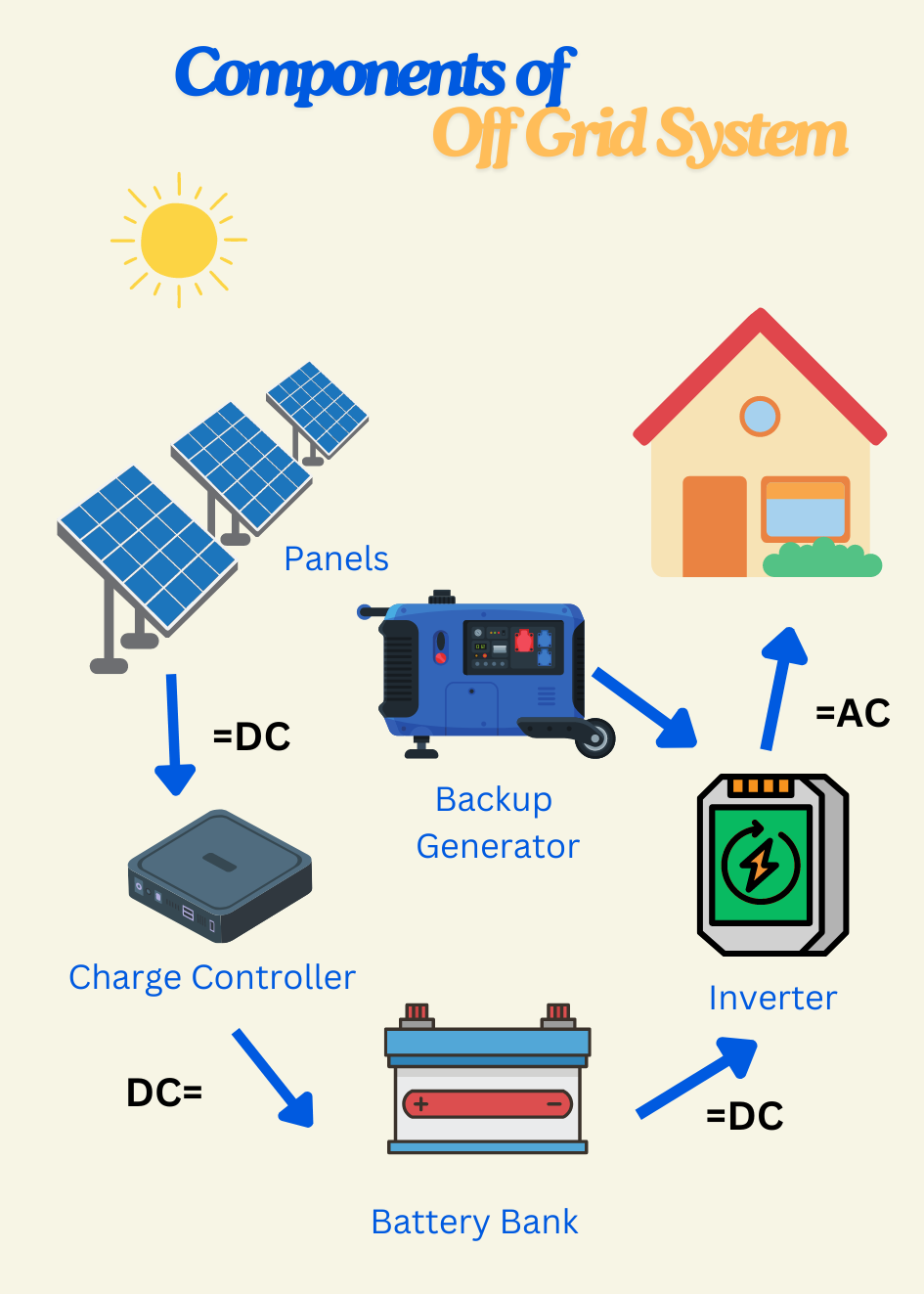
Batteries: Storing Sunshine for a Rainy Day
Just as the sun sets each day, off-grid solar systems need a way to store the energy they generate. Enter the batteries.
These robust storage units, often deep-cycle batteries, store excess energy during sunny spells for use during the night or cloudy days. It’s like having a sunny day stored away for a rainy occasion, ensuring a steady supply of electricity around the clock.
Charge Controllers: Guardians of Battery Health
To prevent overcharging and premature battery wear, off-grid systems employ charge controllers. These guardians of battery health regulate the flow of electricity from the solar panels to the batteries, ensuring a smooth and efficient charging process.
With their smart algorithms and protective features, charge controllers keep the batteries in prime condition, prolonging their lifespan and ensuring reliable performance.
Inverters: Transforming Energy for Household Use
While solar panels and batteries generate direct current (DC) electricity, most household appliances and devices operate on alternating current (AC). That’s where inverters come in.
These clever devices convert the DC electricity stored in the batteries into AC electricity, making it compatible with standard household appliances.
With inverters seamlessly transforming energy for everyday use, off-grid living feels just like being connected to the grid, minus the hefty electricity bills.
Backup Generators: A Safety Net for Extended Cloudy Days
While off-grid solar systems thrive on sunshine, there are times when the sun takes a break – be it prolonged cloudy days or increased energy demand. That’s where backup generators come into play.
These reliable powerhouses kick in when needed, providing an extra boost of energy to keep the lights on and essential appliances running smoothly. With a backup generator on standby, off-grid living becomes even more dependable and resilient, ensuring uninterrupted power supply even during challenging conditions.
#EnergyFreedom #SolarResilience #CyberSecurity #GreenLiving
Powering Possibilities with Off-Grid Solar Systems
With solar panels, batteries, charge controllers, inverters, and backup generators working in harmony, off-grid solar systems unlock a world of energy independence and sustainability.
From capturing the sun’s rays to storing and transforming energy for household use, each component plays a vital role in powering possibilities for off-grid living.
As technology advances and costs continue to decline, off-grid solar systems are poised to revolutionize the way we generate and consume electricity, paving the way for a brighter, greener future. So, embrace the sun, harness its power, and illuminate your path to off-grid living today!
Get in touch to receive a quote today


